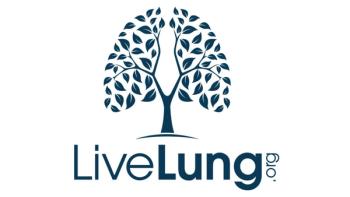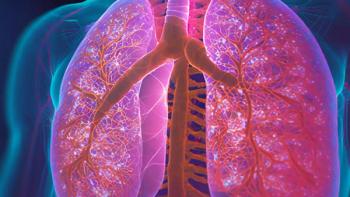
Getting Graphic About Cancer: Authors and Illustrators Share Cancer Stories and Experiences through Comics and Graphic Novels
Many associate comics and graphic novels with light humor or superheroes. However, numerous people have found that they’re also great vessels for sharing details of a personal cancer journey. Written by Don Vaughan and published by CURE Media Group, the nation’s leading digital and print media organization focused on patients with cancer, CURE® magazine’s spring cover story, “Getting Graphic About Cancer,” includes insights from authors and illustrators who put their own life-changing experiences on the page in both pictures and words.
PLAINSBORO, N.J. (June 15, 2016) — Many associate comics and graphic novels with light humor or superheroes. However, numerous people have found that they’re also great vessels for sharing details of a personal cancer journey. Written by Don Vaughan and published by
The one thing most graphic novels about cancer seem to have in common is their gritty, unflinching honesty about the difficulty of those journeys and the raw emotions they evoke. It’s all on the page: the good, the bad and the ugly. As
These outpourings are not only cathartic for the authors and illustrators, but instructive and even comforting for readers facing similar challenges. To benefit even more, readers of graphic novels about cancer may want to turn the tables and pick up a pen themselves, an expert tells CURE readers, since journaling or taking part in a cancer center’s writing program can be a valuable therapeutic exercise.
“I’ve always felt that writing could be a useful tool to get you through a difficult time, and there is a lot of evidence to support the theory that writing is helpful,” said
Showcasing the true extended reach of these comics and graphic novels comes the story of graphic novel writer Brian Fies, who noted that one of the first emails he received regarding his book, “Mom’s Cancer,” was from a nursing instructor in Australia who wanted to include pages from the story in her coursework. “She wanted her students to understand some of the family dynamics they might face when serving remote communities in the Outback,” says Fies in
CURE magazine managing editor Beth Incollingo added, “Graphic novels and comics are emerging as a remarkably creative and heartfelt way to tell a cancer story and connect with others on the same path, especially with the increased international interest in the medium. ‘
MARISA ACOCELLA MARCHETTO felt there was no better way to describe her cancer journey than through a graphic novel, Cancer Vixen. - PHOTO BY SUSAN FARLEY
About CURE Media Group
Combining science and humanity to make cancer understandable, CURE Media Group’s flagship product,
# # #
Media Contact:
Michael J. LaCosta
CURE Media Group
551-655-3718



